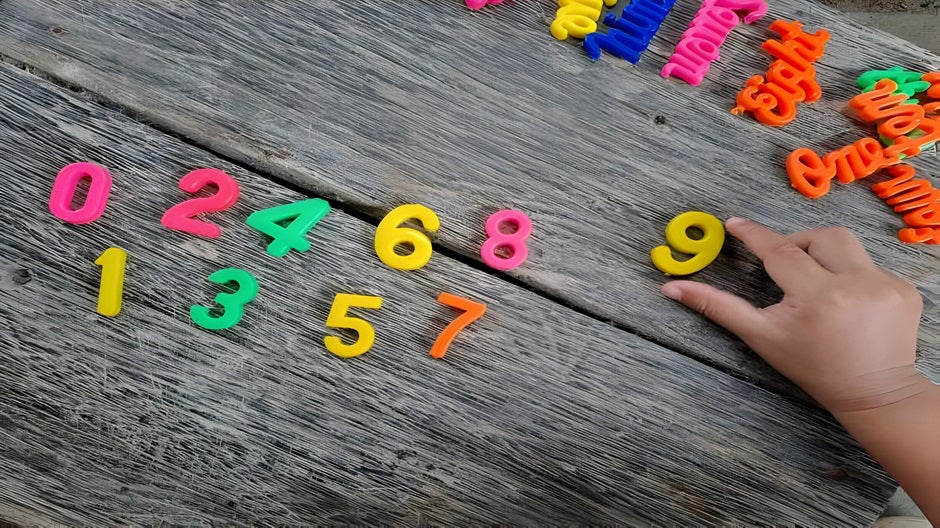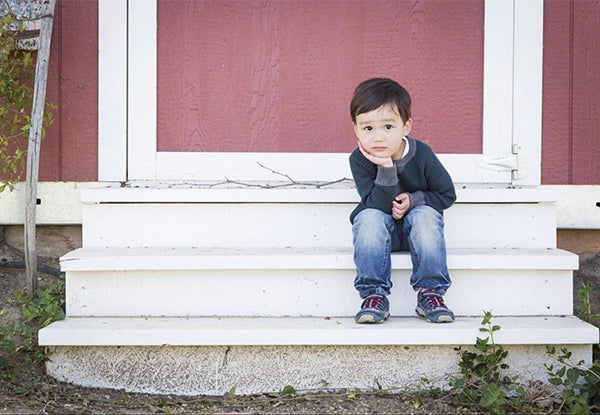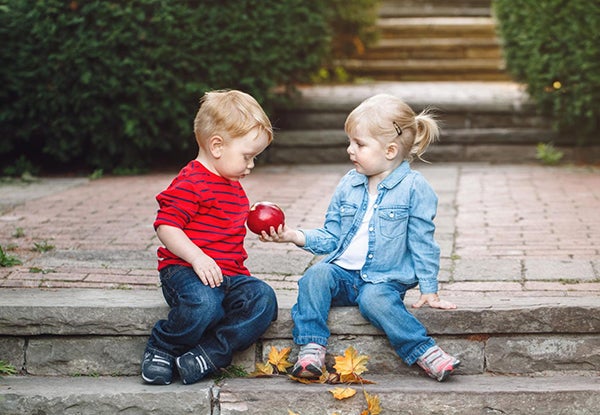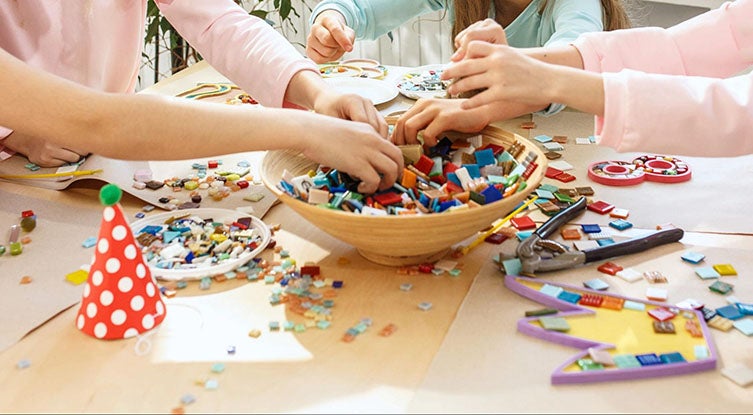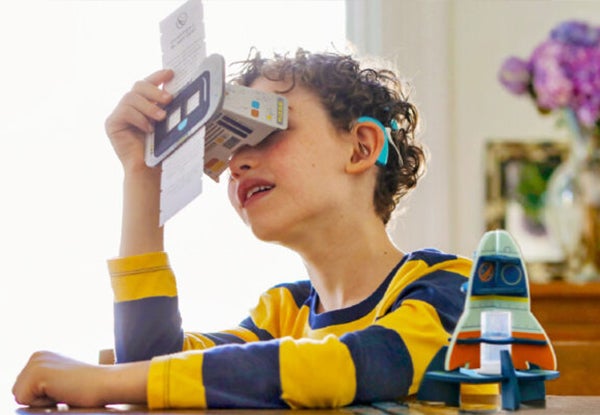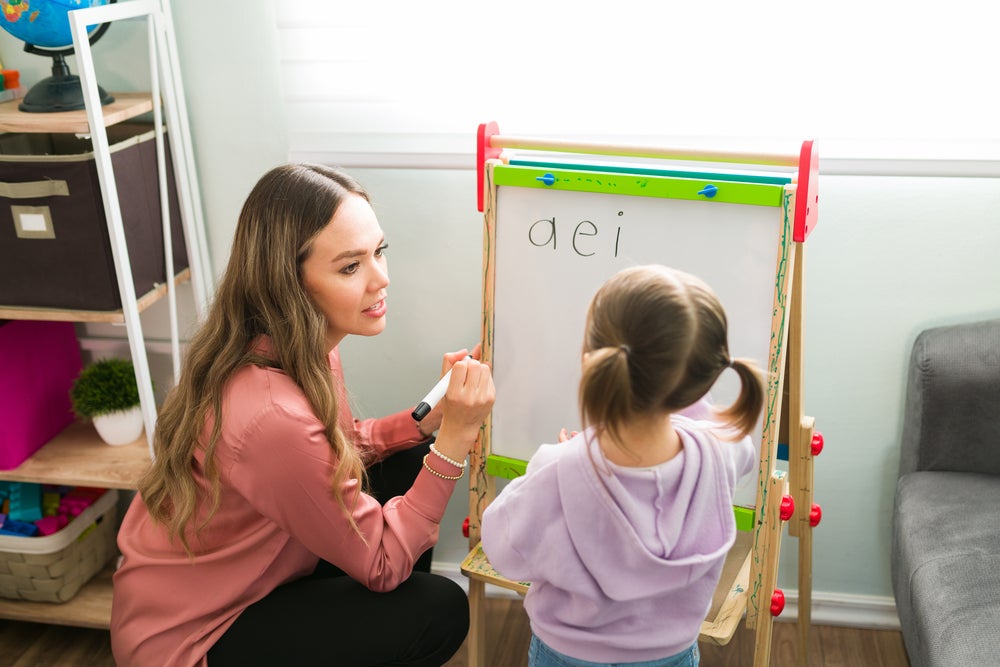Raising an emotionally sensitive child can be challenging. They feel things deeply and are more sensitive to their environment than other kids. They often express their emotions loudly and hold on to them for a long time.
Sometimes it feels like you have two opposing choices: accept your child’s intense emotional reactions or teach your child techniques for managing them.
But you can do both!
Where do you start? We’ve got five signs to look for to see if your child is emotionally sensitive, and twelve strategies to help you support them.
The Short Cut
- Learning how to manage big feelings is part of building Character, one of the 5 C’s at the heart of the Begin Approach to helping kids thrive in school and life
- Emotionally sensitive kids have especially big feelings, which means teaching them how to be aware of and name their emotions is extra important
- Parents can help by modeling a sense of calm, teaching their kids coping strategies and techniques for managing emotions, and working activities to teach feelings into playtime
- A play-based learning membership can help kids begin to identify their emotions, understand them, and learn how to manage them
5 Signs of an Emotionally Sensitive Child

Emotionally sensitive kids, like all kids, display a wide range of behaviors. Your child may exhibit one of these signs, or a few, or even all of them.
If your child is showing any of these signs, the strategies we suggest can help you support them.
1. Deep Processing
Your child may want to make sense of the world in a way that seems beyond their years. It may be challenging for you to answer tough questions honestly while keeping your child’s developmental stage in mind.
2. Sensory Sensitivity
Your child may be more aware of light, sound, and smell. They may literally “take in” sensory information at a faster and greater rate, which can lead to feeling overwhelmed.
3. Moody, Anxious & Defiant
Emotions run high. Your child may be quick to respond to a situation with a big burst of feeling and they may get stuck in that emotional state.
4. Repeated Physical Ailments
You may notice your child has frequent headaches, stomachaches, or muscle tension.
5. Fear of Crowds and Social Situations
Because of the unpredictability of being with so many people, your child may prefer to be in quieter places. Or you may notice, even if your child doesn’t, that they are more emotionally charged in large group settings.
12 Strategies to Help Your Emotionally Sensitive Child

1. Validate Your Child’s Feelings
Because highly sensitive kids feel their emotions more intensely than other people, they sometimes feel alone. They can feel ignored or misunderstood. They can also experience people not believing them when they try to explain their reactions to situations. That can make them lonely.
You can relieve a lot of that loneliness by simply validating what your child is feeling. (“I can see you feel sad that Mia took the swing from you.”) Don’t try to fix it or hustle them through their feelings by saying something like, “It’s okay, you’ll get a turn on the swing another day.” Let them know, instead, that you can imagine what they’re experiencing. (“I’d feel sad if my friend took my swing, too.”)
You may sometimes have to step into their heightened version of events in order to help them share and process their emotions. (“OK, the teacher bullied you. That must have felt horrible. We might have different ideas about what it means to bully someone, but we can talk about that later. Right now let’s focus on how you feel.”)
If you can help your child feel safe as they sit with their feelings, they will be more likely to find a sense of calm faster. Once they’re calm, you can talk about whatever else came up in the conversation.
2. Name Your Child’s Feelings
Feeling something strongly but not knowing what it is can be scary. If you can help your child understand and identify their emotions by naming them, they’ll become able to manage them faster and more effectively.
Start with simpler emotions:
- Happy
- Sad
- Angry
- Scared
And then move to more complicated ones:
- Jealous
- Anxious
- Disappointed
- Confused
If your child has a hard time articulating what they’re feeling, try using images to support them. You can draw emotional faces—happy, sad, angry, scared—on index cards and ask your child to point to what they’re feeling.
3. Identify the Feeling Before It Gets Big
Once your child can name their feelings, connecting what they feel in their body with an emotion is a good next step. Even though it sometimes looks like sensitive kids go from 0 to 100 in an instant, they usually show signs that an emotion is building up inside them.
Ask your child to really pay attention to what their body is feeling. You can teach them how to do a scan of their body—starting at their head, focusing on each body part to identify any subtle changes they notice. They might tell you, “My cheeks feel hot and my heart is beating really fast,” and you’ll be able to help them find the emotional vocabulary that corresponds: angry.
If they can remember those physical signs and pay attention when they’re happening, they have a better chance of stopping an emotional outburst.
4. Accept Challenging Emotions
Sometimes emotionally sensitive kids resist acknowledging emotions like anger, fear, or sadness. Or they think of them as being “bad.”
Try to accept whatever emotion your child is noticing. They’re going to have a wide range of emotions—we all do!
If they can become comfortable with all of their feelings and understand the role of each (“My anger isn’t bad. It helps me tell people when something is wrong and stand up for myself when I need to. I just need to express it respectfully.”), they can manage them more easily when they arise.
5. Prepare Your Child for Their Day

Highly emotional kids thrive on routine and ritual. If they know what to expect, they can better prepare themselves.
If they’re going to a birthday party at a bowling alley, for example, take them there for a trial run. Letting them experience the high noise level will help them cope better on the day of the party.
You can introduce them to teachers before their first day of school or do a tour of the dentist’s office before they get their teeth cleaned.
You can also prepare your child for potentially tough conversations. If they’re worried someone will take a swing from them on the playground, you can role-play ways for them to respond if that happens.
6. Create a Comforting Physical Space for Them
Because kids who are emotionally sensitive are often caught off guard, it’s easier for them to process their feelings if they have a safe space to retreat to when they want to calm themselves down.
By giving them a familiar, predictable environment, you reduce the possibility of more stimuli and stronger emotions. They know this, unconsciously and consciously, and it reduces their stress.
7. Schedule Downtime
Emotional kids also tend to need consistent downtime. Their battery may run out faster than other kids’ and they need a quiet, safe place to recharge.
Try not to stack too many overwhelming activities in a row. Setting time boundaries allows your child to reset. (“After you play soccer, we’ll take thirty minutes of quiet time, and then we can go to the birthday party.”)
8. Find Coping Techniques That Help
Spend some time when your child is not overwhelmed talking with them about their big feelings. Ask a lot of questions. You’ll gain important information and they’ll feel heard.
If they struggle trying to describe their experiences, you can share your own. Hearing about your challenges with strong feelings may inspire them to figure out theirs.
This is also a great time for your child to explore different coping techniques and calming strategies. Some that you might want to try include:
- Counting
- Blowing bubbles
- Taking a walk
- Meditating
- Breathing exercises
9. Model Calm
Modeling behaviors you want your child to learn is one of the best ways to teach them a challenging new skill. This is especially true when you have a highly emotional child.
Modeling calm and centered behavior is especially critical when your child is in the midst of experiencing an intense emotion.
When they’re overwhelmed, your child’s feelings are so big and coming from so many places (internal and external), that they can’t process much else.
But they can mirror your calm voice, your slow breaths, and your “at ease” body language. It can happen almost without them knowing it. Then, after they are able to quiet their body and mind, you can talk about how they did it. (“I noticed you started talking more quietly, and then you seemed calmer. Did you notice that?”)
10. Offer Physical Comfort
Many kids who struggle with intense emotional reactions respond well to firm, steady pressure. Others don’t, or don’t until they’ve calmed down. If they’re ready for comfort, ask them whether they’d like to be wrapped in a thick blanket or snuggle tightly against you.
This kind of intentional, predictable deep pressure input to your child’s body can ease their sympathetic nervous system (think “fight or flight”) and awaken their parasympathetic nervous system (think “rest and digest”).
11. Provide an Emotional Outlet
Create time and space for your child to express their emotions.
This could look like taking a dance class, exploring visual art, doing some creative writing, role-playing, or even simply a consistent debriefing ritual like talking together before bedtime. Having a designated way to share and process their emotions might reduce your child’s unpredictable emotional outbursts.
12. Take Care of Yourself
Parenting a highly emotional child can be exhausting and stressful. And one of its biggest challenges is that the more worn out and stressed out you are, the harder it becomes to help your child.
You don’t have to be perfect (no one can be!), but when your child is having a difficult time, do what you can to take care of yourself physically, emotionally, and socially.
Close your eyes for a minute. Drink a glass of water. Eat fruits and vegetables. Walk, stretch, do 30 seconds of deep breathing, connect with friends and community. Do the things you would tell your child to do to stay healthy.
And when you can’t find time for everything, celebrate the things you can do (even if it’s just that glass of water and a couple baby carrots off the kids’ dinner plates), and remind yourself you’re doing better than you think.
4 Positive Sides of Being an Emotionally Sensitive Child

While being (or parenting!) an emotionally sensitive child is challenging, it has wonderful moments as well. Often, sensitivity goes hand in hand with:
1. Empathy
Because your child is so sensitive to the various factors that produce their own emotions, they may be sensitive to other people’s feelings too. This can help them be very empathetic when their own emotions are settled.
2. Keenly Attuned
Kids who are highly emotional tend to be keenly aware of what’s around them. Their brains seem to be on all the time. They constantly process information, sense changes in tone and temperament quickly, and notice details.
3. Deep Thinking, Creativity & Active Imagination
This is the upside to deep processing! Your child may be able to have some great conversations with you about their emotional experiences. Their openness to sensory input and big emotions may also create a need for an outlet, which might lead them to have an active imagination and show a lot of creativity.
4. Intuition
Highly emotional and perceptive kids often have sharp intuition skills. This combined with their keen attunement may allow them to notice things before most people.
Supporting Your Emotionally Sensitive Child with Begin
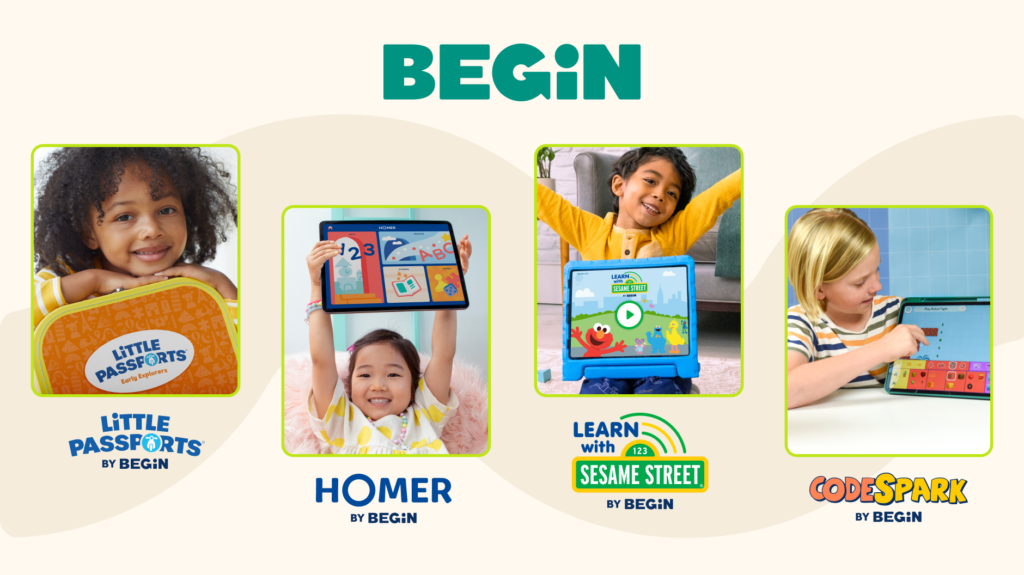
Feelings are complicated. And they’re especially tough for highly emotional kids. Learning how to manage them can be challenging for both you and your child.
Begin can help.
The first stage of our learning membership, developed with the experts at Sesame Workshop, is full of emotional learning resources for both you and your child. Through hands-on and digital activities, books, a grown-up guide for you, and a lot of fun with Sesame Street friends, you and your child will get the resources you need to start naming feelings, managing emotions, and much more.
Take our quiz to see how the membership can help your family today!



